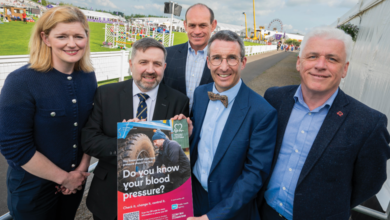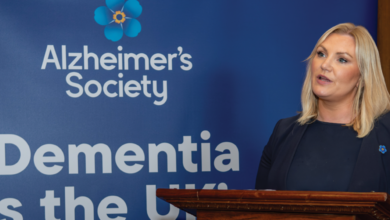Suicide prevention strategy extended amid ongoing crisis

Although more than 28 per cent of individuals who died by suicide in 2022 were in contact with the relevant authorities before their deaths, the Department of Health has extended Protect Life 2, its existing suicide prevention strategy, by three years.
In October 2024, the Department of Health extended Protect Life 2: A Strategy for Preventing Suicide and Self Harm in Northern Ireland 2019-2024. When it was published in 2019, the Protect Life 2 Strategy aimed to achieve a 10 per cent reduction in suicide rates across Northern Ireland by 2024, a figure which may have been achieved, but classification of deaths means that the data thus far is too unreliable to decipher whether this target has been met.
Despite this potential progress, the most recent statistical release on deaths by suicide by the Northern Ireland Statistics and Research Agency (NISRA) shows that more than 28 per cent of individuals who died by suicide were in contact with relevant authorities before their deaths.
Furthermore, suicide rates in Northern Ireland’s most deprived communities remain three-times higher than in the least deprived areas, even after the efforts initiated under Protect Life 2. The strategy’s broad-based initiatives, have failed to meaningfully address these community-specific vulnerabilities, such as poverty, limited access to mental health services, and higher social isolation. More targeted, and adequately funded, interventions tailored for at-risk populations are essential to address these gaps effectively.
Although Protect Life 2 underscores the importance of a multi-agency approach, evidence suggests weak levels of collaboration between health, education, and social services, particularly in rural and economically disadvantaged areas. The progress report indicates that while local groups met to advance strategy goals, a coordinated, overarching structure for cross-departmental action remains lacking. As a result, existing initiatives are fragmented, leaving many at-risk individuals without cohesive, accessible support systems.
The strategy’s extension suggests a continued need for robust crisis and postvention support, especially in rural areas where crisis intervention resources are sparse. Services like the Multi-Agency Triage Team (MATT) and the Lifeline helpline have helped address acute mental health crises, but analysis shows that these programmes are limited by underfunding and are not universally accessible. Effective, region-wide crisis response remains crucial for de-escalating crises and supporting those bereaved by suicide, yet this component is currently under-resourced.
Protect Life 2’s funding – £8.7 million annually – has proven insufficient to meet the needs of Northern Ireland’s most vulnerable populations. Additionally, data limitations hinder timely responses and targeted adjustments, with a recent review of suicide data from 2015 to 2020 revealing inconsistent classifications of deaths, thus complicating long-term tracking of suicide trends and areas needing immediate attention.
Speaking upon publication of a review designed to examine these failures – in spite of the review coinciding with the extension of the existing strategy – Health Minister Mike Nesbitt MLA stated that it is “clear that the research supports the need for collective action and sustainable funding and investment if the Executive is to deliver on the Protect Life 2 Strategy”, and further committed to develop a new draft action plan to be taken forward by Executive departments and delivery partners.





